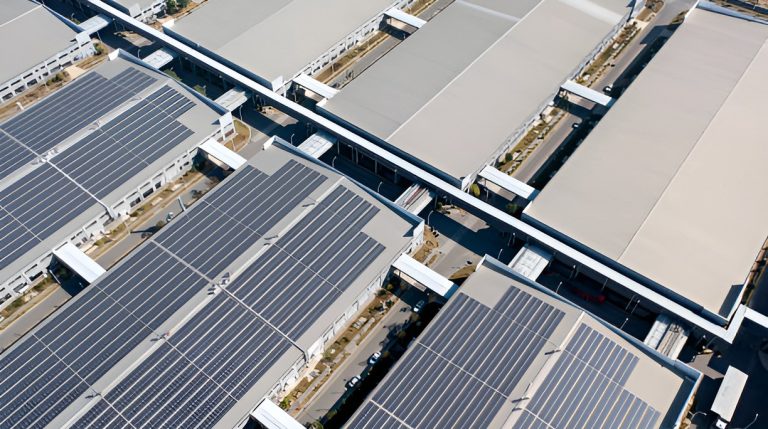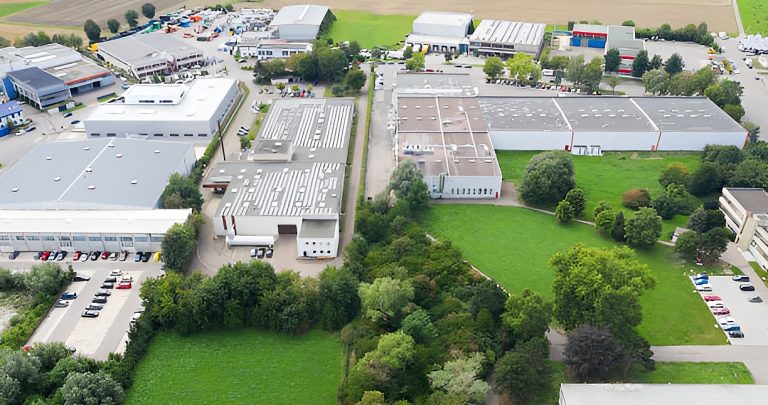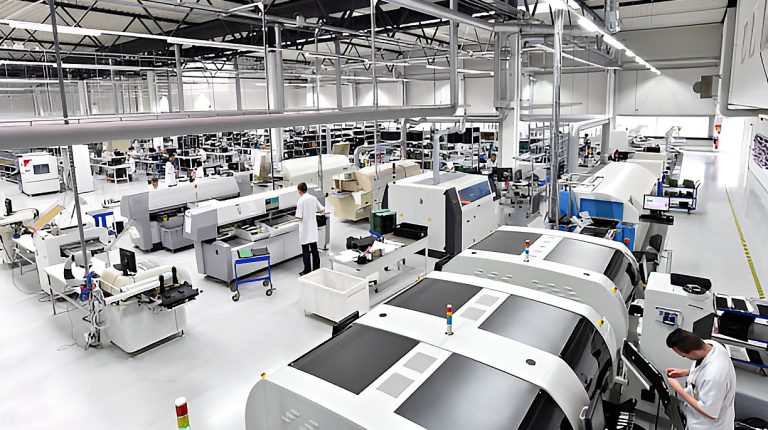India is racing toward industrial growth. But at what cost?
Traditional industrialization has often led to pollution, resource depletion, and unchecked expansion. It’s time for a smarter approach. That’s where sustainable industrial parks step in.
Growth That Doesn’t Cost the Earth
West Bengal is witnessing a surge in industrial activity. The state government has rolled out policies that encourage businesses, MSMEs, and manufacturers to establish themselves in well-planned industrial and logistics parks.
But, only sustainable industrial parks like Magna Star, balance progress with responsibility. They blend green infrastructure, efficient energy use, and eco-friendly operations to create a better future for businesses and communities alike.
Impact of Sustainable Industrial Parks
Sustainable industrial parks are designed to integrate environmental protection, economic efficiency, and social responsibility. Their eco impact spans three key dimensions:

Environmental Benefits
- Pollution Reduction: These parks implement cleaner production methods and efficient waste management systems, leading to decreased emissions and pollution levels.
- Resource Efficiency: By adopting circular economy principles, these parks promote the reuse and recycling of materials, conserving natural resources.
- Renewable Energy Utilization: They encourage the plot owners to harness renewable energy sources like solar panels. It reduces reliance on fossil fuels and lowers greenhouse gas emissions.
Economic Advantages
- Cost Savings: Shared infrastructure and services within eco-conscious industrial parks lead to reduced operational costs for businesses.
- Increased Competitiveness: Businesses in sustainable industrial & logistics parks benefit from improved efficiency. It enhances their market position and appeal to environmentally conscious consumers.
- Attraction of Investments: The sustainable nature of such parks makes them attractive to investors seeking environmentally responsible opportunities.
Social Contributions
By reducing pollution and promoting green spaces, these logistics parks contribute to healthier living environments for surrounding populations. It often leads to the development of social infrastructure like healthcare facilities. Altogether, it helps improve the quality of life for the surrounding and local communities.
Why This Matters to India — Right Now

India needs sustainable industrial parks more than ever for a few solid reasons:
- Climate commitments: We’re part of global agreements to cut emissions. These parks help us stay on track.
- Urban pressure: Cities like Kolkata, Howrah, Asansol, and Siliguri are overburdened. A closed industrial park that is concerned about the environment offers a common ground for factories, warehouses, and logistics to exist strategically.
- Demand for green manufacturing: More global buyers now ask where and how products are made. This shift puts pressure on manufacturers to go green. Magna Star Industrial Parks give MSMEs an opportunity to help businesses meet global standards and win buyer trust.
Contributions of Magna Star Industrial Parks
Magna Star Industrial Parks are located on NH2 Durgapur Expressway in Singur. These parks in West Bengal focus on sustainable industrial development by providing infrastructure for businesses that prioritize green initiatives.
Magna Star Industrial & Logistics Park and CWBTA Magna Business Park are designed to support green manufacturing, providing facilities that promote energy efficiency and waste reduction. Our additional facilities include rainwater drainage system and common ETP (proposed).
Furthermore, our single window system simplifies regulatory processes, reducing administrative burdens for businesses. By fostering a collaborative environment, they enable MSMEs and larger enterprises to share resources, enhancing overall sustainability. Strategically situated near Kolkata, Magna Star Industrial Parks contribute to regional economic growth while prioritizing environmental responsibility.
Businesses Play a Big Role

Inside these parks, every player matters. We insist the plot owners of Magna Star contribute to sustainability:
- Factories should implement cleaner production and reuse waste
- Warehouses should use smart design to cut energy use
- Businesses should share water, power, and transport systems for efficiency
When companies work together in a closed-loop model, waste becomes a resource. This is industrial symbiosis in action.
Busting the Disinformation Around Industrial Growth
There’s plenty of disinformation about industrial development — that it’s always dirty, disruptive, or detached from local communities.
But that’s outdated thinking.
Sustainable industrial parks are proof that industry and ecology can co-exist. With smart zoning, energy efficiency, and waste reduction, they redefine how growth looks and feels.
So, let’s ditch the disinformation and look at the data: lower emissions, higher resource efficiency, and better ROI for businesses.
The Road Ahead
India’s future industrial growth depends on sustainable solutions that harmonize development with environmental stewardship. Sustainable industrial parks in business regions like Dankuni Extension, West Bengal, are vital for achieving this balance.
By investing in these parks, leveraging single window systems, and dispelling disinformation with transparency, India can lead in green industrialization. Magna Star Industrial Parks stand as a beacon of this new era — a place where economic ambition meets sustainability for lasting impact.


